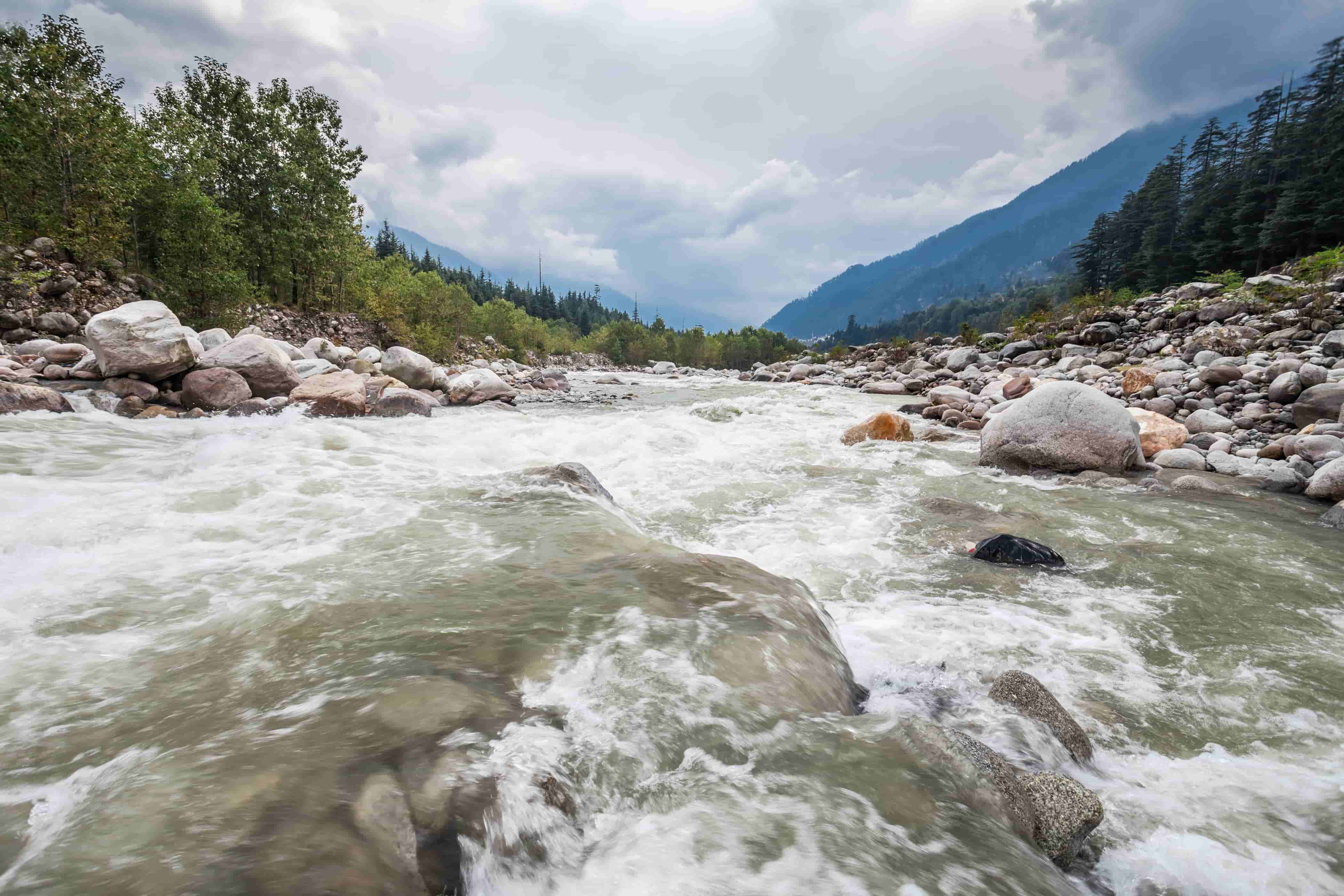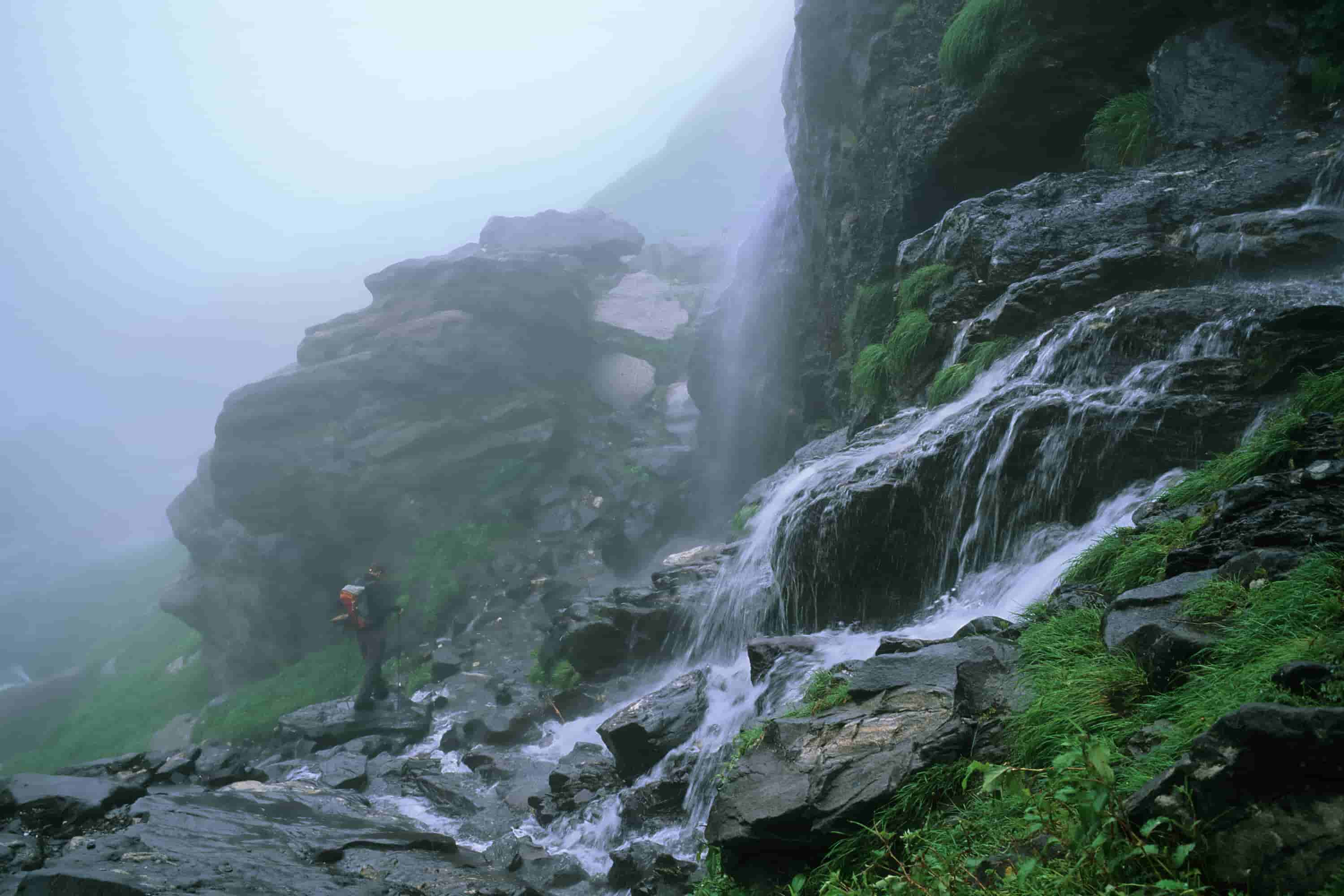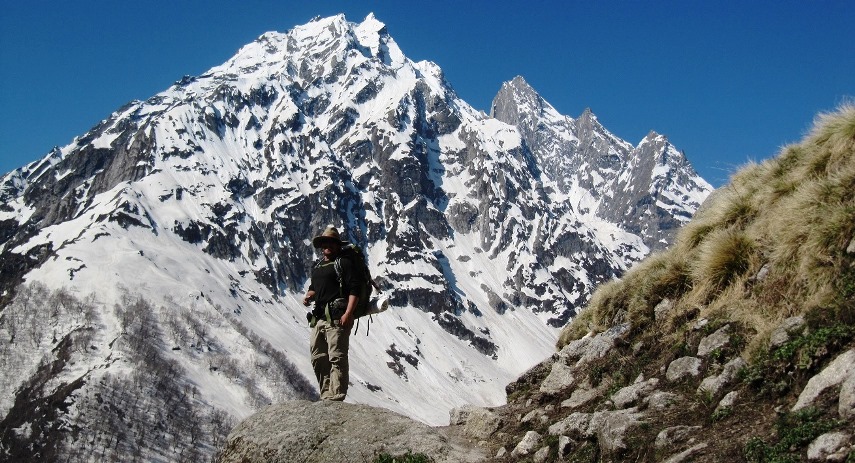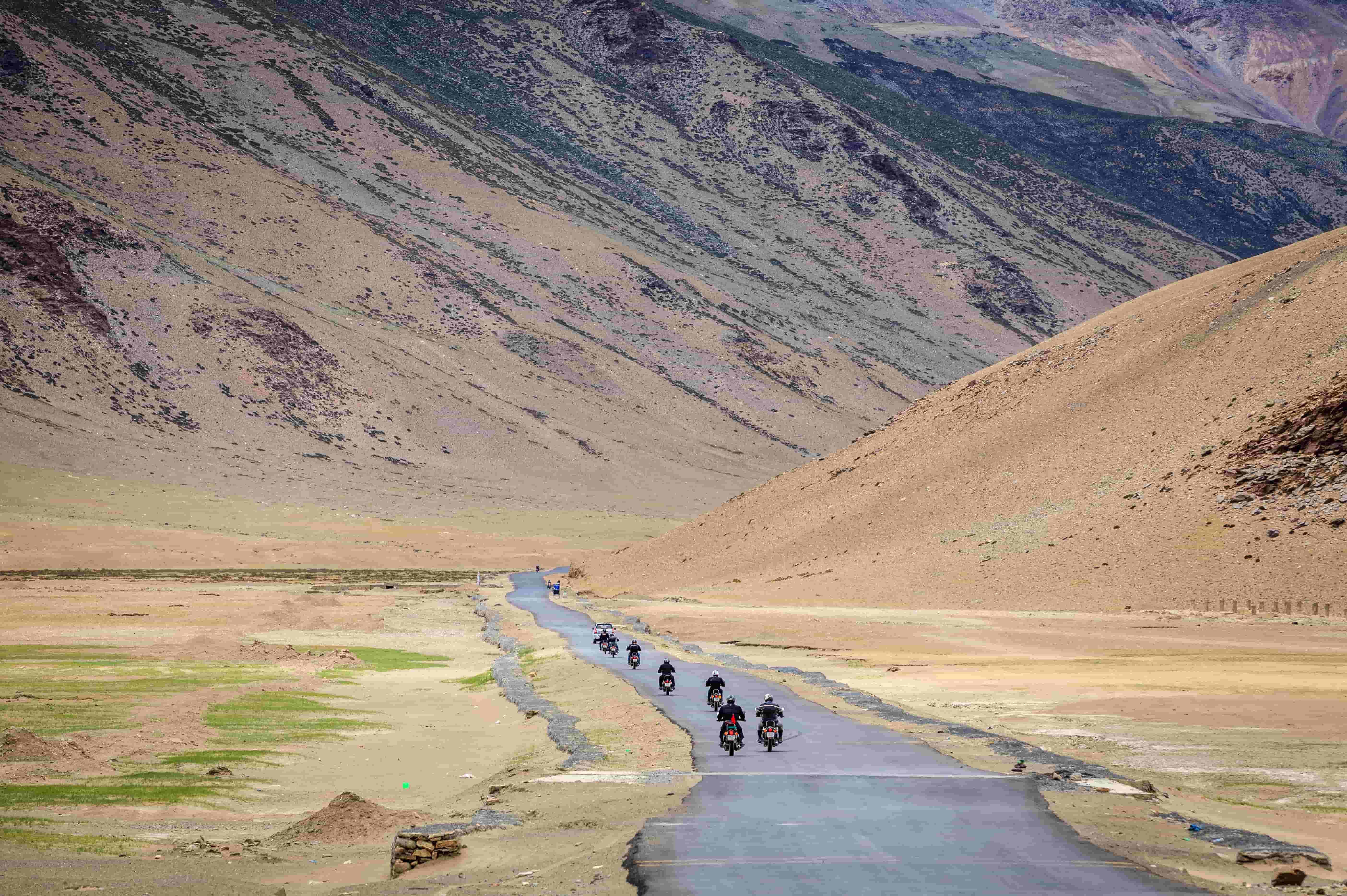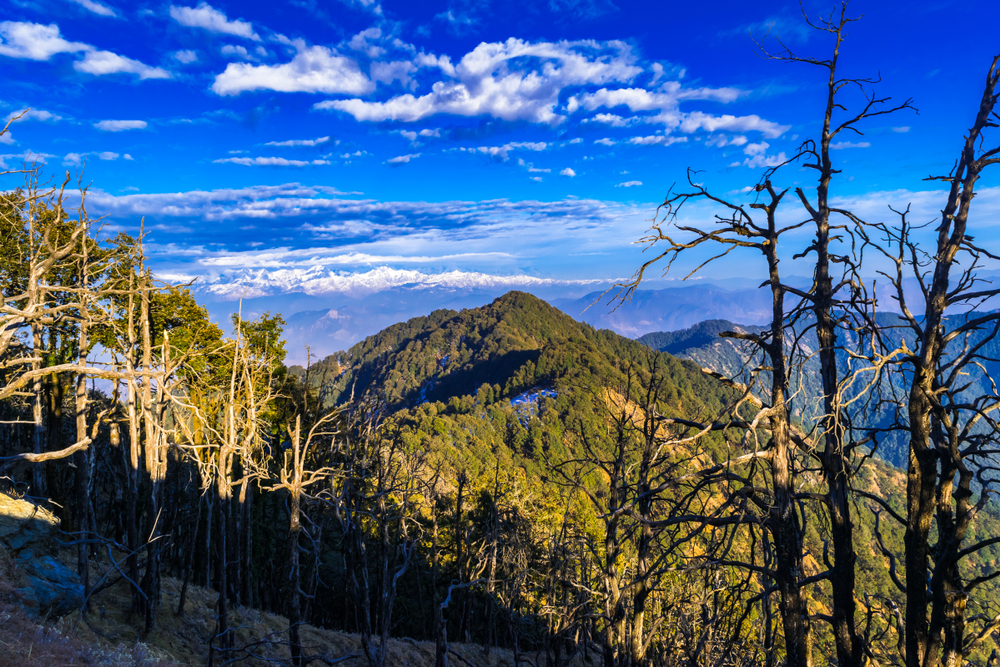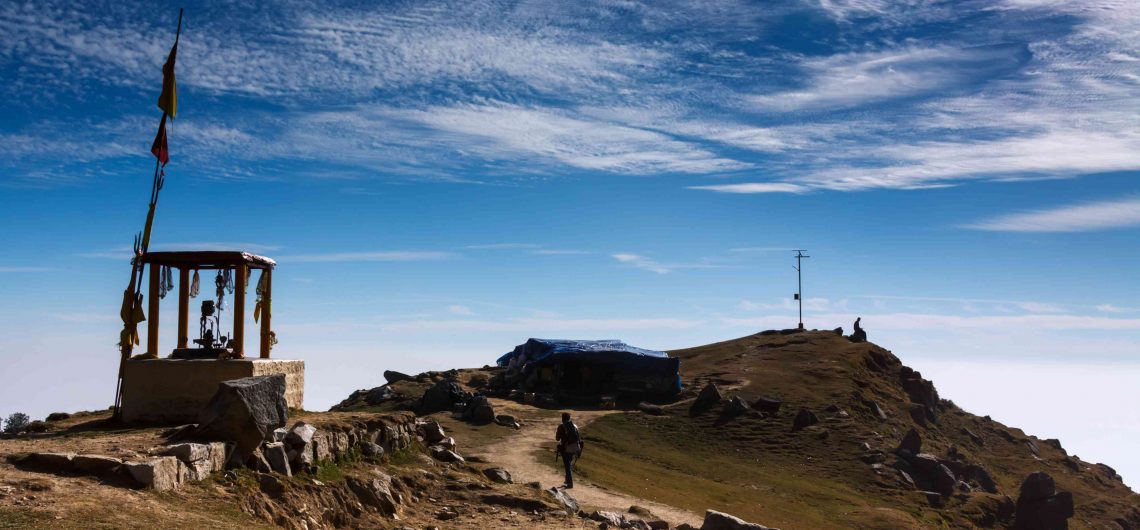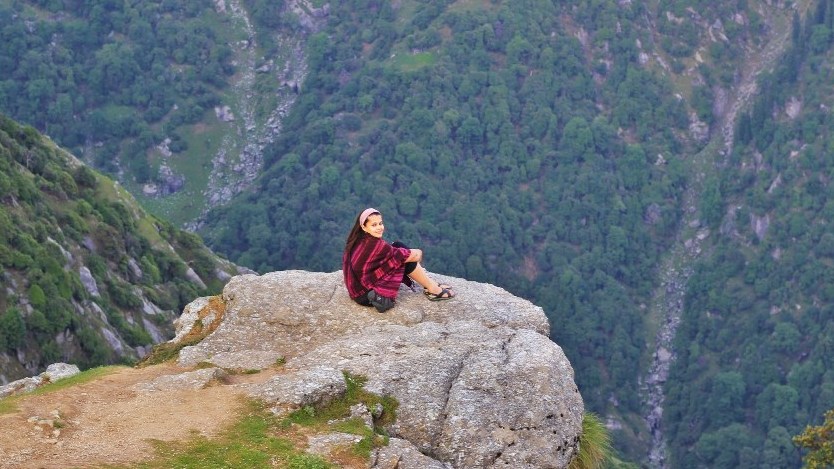Landlocked between Tibet and India, Nepal is one of the most stunning and serene countries in Southern Asia. It is known for housing eight of the highest summits in the world, including the gigantic Mt. Everest, which is said to be bordered with the birthplace of the creator of Buddhism, Lord Gautama Buddha. Remarkably, the spectacular spiky mountains, swaddled in the Kingdom of Gorkha, spread the magic in the region along with the lively shades of Buddhist culture and traditions.
Trekking in the High Mountains of Nepal
Upon entering Nepal, one could easily feel the magnificence of the land which is home to the legendary mountaineers such as Tenzing Norgay and Pasang Lhamu Sherpa. Over the years, Nepal has become an idyllic destination for mountaineers and nature lovers. The trekking adventure amidst the breathtaking mountain scenery offers a chance to explore the lifestyle of Nepalese and the hidden gems of nature, simultaneously.
Some of the Himalaya’s most stunning and accessible trekking destinations with jagged trails include Upper Mustang, Gokyo Lakes, Everest, Dhaulagiri Circuit, Nar Phu Valley and Annapurna. But the two treks that have gained attention and reputation among the hikers are the classic Everest Base Camp (EBC) and Annapurna Base Camp(ABC). For adventure enthusiasts, these treks are a must-try to gain the ultimate Himalayan experience.
EVEREST BASE CAMP: The Ultimate Adventure!
EBC is the place where the most thrilling and daring dreams turn into reality. The grand Mount Everest lies in the abode of splendid nature and it wholeheartedly welcomes adventure lovers from across the globe to scale its height. A journey through dense forests, glacial pools and Sherpa villages is truly an incredible experience.

The exclusive Everest Base Camp trek is known for providing the impressive views of the world’s highest snow-clad mountains. The trail accompanied by the beautiful Himalayan ranges begins from the beautiful town of Lukla and it takes you to EBC through terraced landscapes and striking river valleys, Namche Bazaar, pine forests and suspension bridges. Moreover, you will come across the several wonderful Everest high passes, gushing River Dudhkoshi, tranquil Imja Tse Valley and stunning Buddhist monasteries.
Nevertheless, the experience of reaching EBC is as exciting and adventurous as accomplishing the Mt. Everest summit which is considered as the mother of all the adventures.
Maximum Height: 5642 m
Trek Time: 14 Days
Distance Covered: 97 km
Level: Easy to Moderate
Start/Finish: Lukla/Lukla
Trek Style: Tea House
Nearest Airport: Tribhuvan International Airport, Kathmandu
ATM Point: Namche Bazaar
Kathmandu>Lukla> Phakding>Namche Bazaar >Tengboche >Lobuche>Gorakshep>Everest Base Camp>Kala Patthar>Namche Bazaar>Lukla>Kathmandu

- Witness the stunning vistas of snow-capped mountains of the Everest, Thamserku, Lhotse, Nuptse, Ama Dablam, etc.
- Walk through the forests of pine and cedar along the River Dudh Kosi
- Explore the lifestyle of the people residing in Thame and Khumjung villages
- Hiking the peaks like Imja Khola, Chhukung and Nangkartshang
- Spend a night on a hilltop surrounded by the Khumbu glacier
- Enjoy a splendid view of sunrise against the Everest from Kala Patthar

What is the best time to trek to EBC?
Due to extreme height, the weather in EBC remains harsh and cold throughout the year. The best time to undertake the trekking expedition is either from March to May or September to December.
March to May: The weather during this period remains pleasant and it is considered as the perfect time to head on the trek. The course is also less slippery since snow starts melting in the spring season. This is the primary reason why this place gets overcrowded by the trekkers at this time around. Notably, you can enjoy clear-crystal views of mountains. The average temperature ranges from 8°C to 18°C during the daytime. At night, it ranges from -15°C to 4°C.
September to December: Ardent trekkers undertake the journey during this time of the year as it is the most challenging. Notably, hiking during this time is considered tough due to snowy and slippery trails, and tricky slopes. Also, very few trekkers can be found during the journey and the temperature falls below the freezing point at night and in the daytime, it remains between 12°C and 18°C.
ANNAPURNA TREK: A Thrilling Journey Through The Deepest Gorges!
Known for its high passes, deep gorges, stunning hills and narrow slopes, the Annapurna trek is very popular among the young trekkers. The trek which starts from the picturesque village of Besisahar ends at a certain point in the striking Annapurna range. The trail goes along with the River Marshyangdi and takes you to the beautiful lake town of Pokhara from where you can enjoy exceptional views of the Annapurna and Machapuchare ranges. The maximum altitude that you will hit on this trekking expedition is 5,415 m at Thorong La. Notably, the French duo Maurice Herzog and Louis Lachenal made history when they scaled the Annapurna range at a height of 8000 m in 1950.

You have to cross various suspension bridges, rivers, waterfalls and tea houses. On this expedition, you will come across exotic flora and fauna that will lend some of the most beautiful views to your camera.
Maximum Height: 5415 m
Trek Time: 15 Days
Distance Covered: 82 km
Level: Moderate to Difficult
Start/Finish: Kathmandu
Trek Style: Tea House
Nearest Airport: Tribhuvan International Airport, Kathmandu
ATM Point: Besisahar and Jomsom
Kathmandu>Besisahar>Bhulbhule>Jagat>Dharapani>Chame>Pisang>Manang>Yak Kharka>Thorong Phedi>Muktinath>Jomsom>Pokhara>Kathmandu

- Reaching the source of River Marsyandi, Tilicho Lake, which is situated at an altitude of 4919 m
- Crossing Thorang La Pass and arriving at Phulchoki Valley is a unique experience in itself
- The views of upper Mustang and lush green landscape of Manang are a feast to eyes
- Explore the local markets and buy amazing souvenirs at decent prices
- A sacred bath in the steaming pond of the most famous temples of Hindus, Muktinath, which is believed to vanish all the sins of pilgrims
- Crossing the deep gorge and river of Kali Gandaki gives you a spine-chilling experience
- Meeting and knowing about the lifestyle of warm-hearted locals gives you immense pleasure

Gear Up: The Best Time To Take This Adventure
October and November are the months when a number of adventure enthusiasts undertake this trek. Notably, the valley experiences heavy snowfall except December to April. Mid-April to May is another time to head on this trek as a trekker can enjoy the perfect picturesque views of Annapurna and Dhauladhar ranges.
October and November: The average temperature ranges from 10°C to 18°C during the daytime. And at night, it ranges from -12°C to 4°C.
Mid-April to May: The average temperature ranges from 12°C to 20°C during the daytime. And at night, it ranges from -5°C to 8°C.
Check Your Fitness Levels! Both EBC and Annapurna treks require moderate physical fitness as you have to climb at altitudes higher than 5,000 m and that too for 6-7 hours daily. Also, due to lack of oxygen at height, a trekker is likely to face breathing issues. Thus, mental and physical fitness is a must to undertake the trek.
It is advised to start exercising at least a month prior to the trek. You should increase your walking speed and stamina. Notably, you have to carry a medical certificate to ensure your physical fitness levels, and a disclaimer certificate stating that you’re voluntarily undertaking the trek.
Check The List: Trekking Essentials
- Trekking shoes/trekking pole
- Warm clothes/extra pair of woollen socks
- LED flashlight/headlamp with extra batteries
- Camera/raincoat/gloves
- Sunscreen lotion/sunglasses/lip balm/mosquito repellent
- Water bottles/energy drinks and bars
- Emergency medical kit
How to Reach Kathmandu?
The mighty Annapurna and Everest Base Camp treks start from the capital of Nepal, Kathmandu. It is well-connected to India by air. Notably, most of the flights are being operated from the major cities like Mumbai and New Delhi. However, the availability of flights completely relies on the weather and season.

You can also travel to Kathmandu by train. To avail the train you have to reach Gorakhpur in Uttar Pradesh. Also, Delhi Transport Corporation has been operating a direct bus service from Delhi to Kathmandu since 2014. Further, a luxury Volvo bus is available on daily basis and it departs at 10 am from Ambedkar Stadium Bus Terminal at Delhi Gate. In order to reach Nepal, it covers a distance of 686 km in 30 hours via Agra, Kanpur, and the Sunauli border in Uttar Pradesh.
For a traveller’s eyes, nothing could be more fascinating than enjoying a sight of the stunning temples and striking gompas, consisting of multi-coloured prayer wheels and fluttering flags against the regal Himalayas in Nepal. Also, on these trekking expeditions, you will get an opportunity to explore the charming rustic hamlets, snowy landscape, magnificent glaciers, and a wide variety of wildlife. After completing these treks, you will surely come back with a whole new experience that will remain entrenched in your heart for a lifetime!









